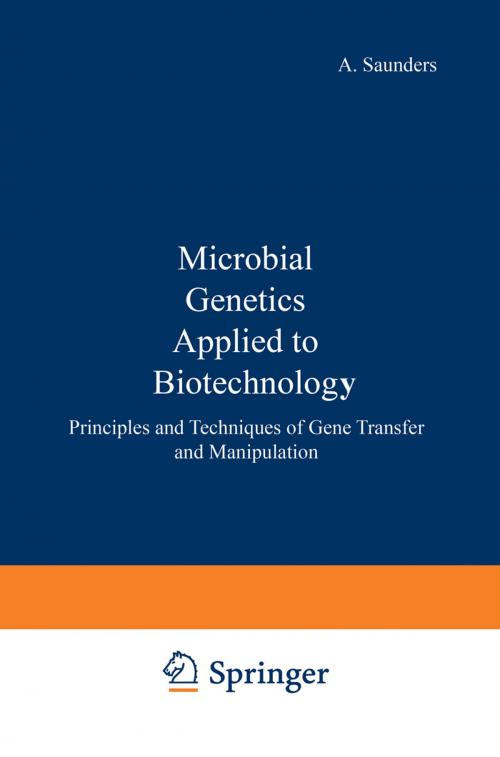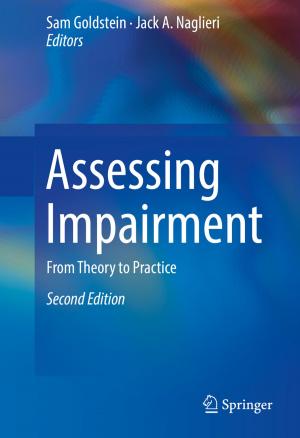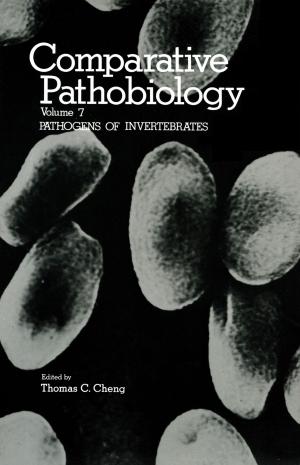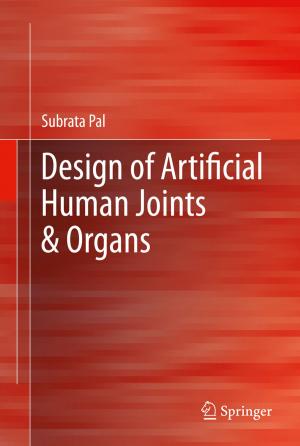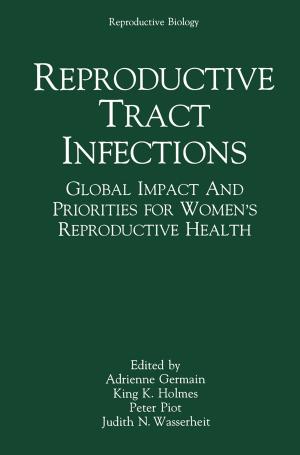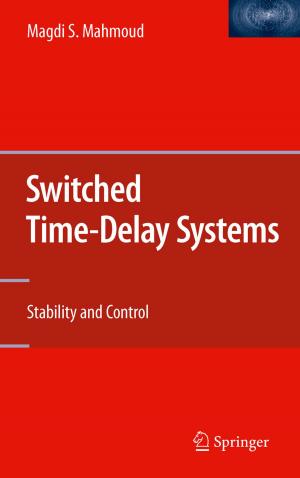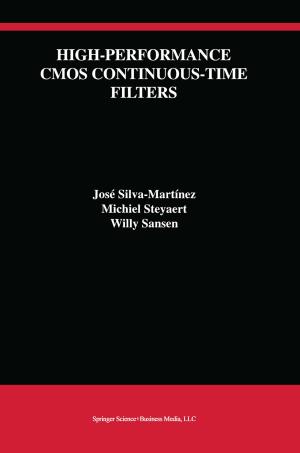Microbial genetics applied to biotechnology :
principles and techniques of gene transfer and manipulation
Nonfiction, Science & Nature, Science, Biological Sciences, Microbiology, Biotechnology, Technology| Author: | Venetia A. Saunders | ISBN: | 9781461597964 |
| Publisher: | Springer US | Publication: | December 6, 2012 |
| Imprint: | Springer | Language: | English |
| Author: | Venetia A. Saunders |
| ISBN: | 9781461597964 |
| Publisher: | Springer US |
| Publication: | December 6, 2012 |
| Imprint: | Springer |
| Language: | English |
This book describes techniques of microbial genetics and how they may be applied to biotechnology. The text is concerned largely with the application of these techniques to microbial technology. We have therefore utilised illustrative material that is given in our own courses in applied micro biology. The book assumes in the reader a basic knowledge of microbial will prove useful to under genetics and industrial microbiology. We hope it graduates, postgraduates and others taking courses in applied micro biology. We would like to thank various colleagues, including John Carter, Julian Davies, Gordon Dougan, David Hopwood, Gwyn Humphreys, Alan McCarthy, David O'Connor, Tony Hart, Steve Oliver, Roger Pickup, Hilary Richards, Bob Rowlands, David Sherratt, Peter Strike, Richard Sykes and Liz Wellington, all of whom provided information at various stages during the writing of this book. Many thanks are also due to Linda Marsh for patiently typing the many drafts of the manuscript. 1 Introduction Natural genetic variation has always been exploited by man to improve the properties of microbial strains. Spontaneous mutations that arise in micro bial populations and that have properties advantageous to man have been gradually selected over centuries of use. However, it is only since the development of modem genetic techniques that more rational approaches have been possible. Such newer technologies have permitted the tailoring of microorganisms, plant or animal cells to manufacture specific products of commercial or social benefit and to manage the environment.
This book describes techniques of microbial genetics and how they may be applied to biotechnology. The text is concerned largely with the application of these techniques to microbial technology. We have therefore utilised illustrative material that is given in our own courses in applied micro biology. The book assumes in the reader a basic knowledge of microbial will prove useful to under genetics and industrial microbiology. We hope it graduates, postgraduates and others taking courses in applied micro biology. We would like to thank various colleagues, including John Carter, Julian Davies, Gordon Dougan, David Hopwood, Gwyn Humphreys, Alan McCarthy, David O'Connor, Tony Hart, Steve Oliver, Roger Pickup, Hilary Richards, Bob Rowlands, David Sherratt, Peter Strike, Richard Sykes and Liz Wellington, all of whom provided information at various stages during the writing of this book. Many thanks are also due to Linda Marsh for patiently typing the many drafts of the manuscript. 1 Introduction Natural genetic variation has always been exploited by man to improve the properties of microbial strains. Spontaneous mutations that arise in micro bial populations and that have properties advantageous to man have been gradually selected over centuries of use. However, it is only since the development of modem genetic techniques that more rational approaches have been possible. Such newer technologies have permitted the tailoring of microorganisms, plant or animal cells to manufacture specific products of commercial or social benefit and to manage the environment.
